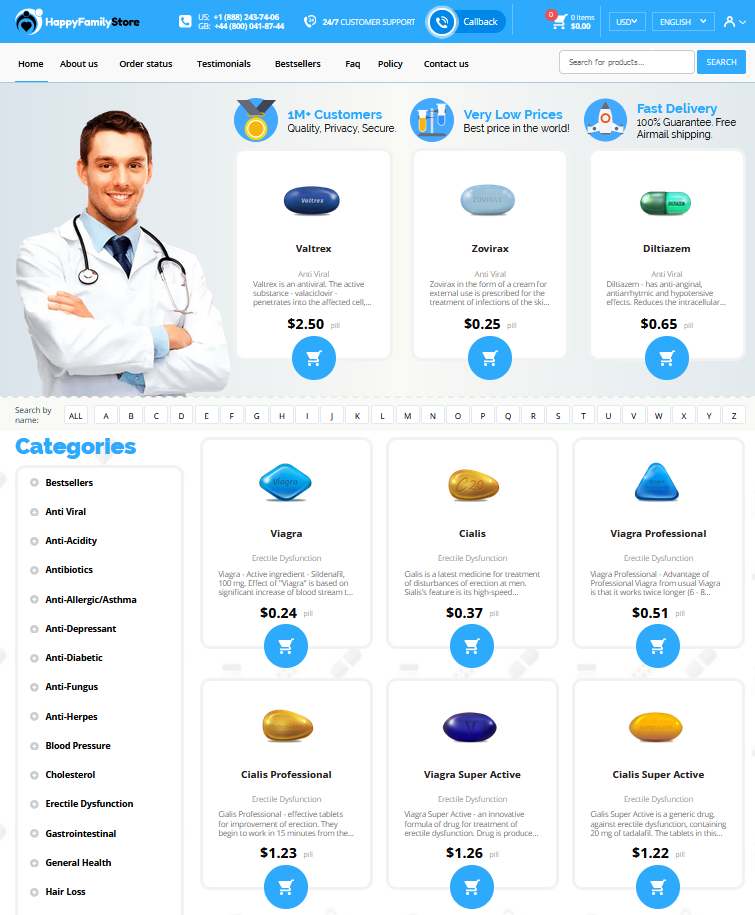 Debunking Common Myths about Retin-a Usage
Debunking Common Myths about Retin-a Usage
Retin-a Causes Skin Thinning: Fact or Fiction?
It's no surprise that myths about Retin-A circulate, given its revered status in skincare. A misunderstanding often tossed around is that Retin-A leads to skin thinning. This misconception likely stems from the initial peeling and irritation some users experience. In reality, Retin-A is a powerful comp that enhances cell turnover and stimulates collagen production, ultimately thickening the skin over time. The initial side effects can be likened to the body's adaptation phase, similar to an initial elixir rush before settling into a harmonious routine.
To break it down clearly, take a look at the table below outlining Retin-A’s effects:
| Common Myth | Reality Check |
|---|---|
| Retin-A thins skin | Improves thickness and collagen |
Understanding the science behind a script like Retin-A allows users to follow the sig confidently, rather than relying on misleading myths.
Only Useful for Wrinkle Reduction in Older Adults

Many people mistakenly think Retin-A is solely the fountain of youth for older adults battling wrinkles. However, its benefits have a broader appeal beyond the age-defying crowd. This potent compound medication, originally designed to tackle acne, is well-known in the dermatology world for its versatility. The secret lies in its ability to increase cell turnover—a process beneficial to teenagers dealing with acne scars and those looking to enhance skin texture and tone. Its capability to rejuvenate isn’t limited by age, which means its script is often written for a wide range of patients aiming for healthier skin, not just wrinkle warriors.
What's more, the efficacy of Retin-A extends into helping with skin discoloration issues, promoting a more even complexion. Doctors and dermatologists often advise starting with a carefully monitored dosage and providing specific sig to help navigate potential side effects like dryness and irritation. When used as directed, Retin-A supports not only smoother skin but also a more vibrant appearance, proving its worth across a diverse demographic spectrum. From youthful acnes to mature skin seeking rejuvenation, Retin-A transcends the typical beauty product boundaries, showcasing its multifaceted benefits.
Immediate Results: How Long It Really Takes
Retin-a's transformative journey is more marathon than sprint. While many eagerly watch for immediate results, it's essential to understand that skincare progress isn't always stat. Retin-a begins working beneath the surface, stimulating cell turnover and unearthing fresher skin over weeks, if not months. Initially, users may notice slight peeling—a normal part of the process signaling the start of regeneration. However, patience is key, as substantial results, especially in reducing fine lines or acne, typically reveal themselves over several months of consistent use. Following The Vault of the product’s sig is crucial to avoid setbacks. Embrace the rhythm of Retin-a, and let time unveil your skin’s potential.
Sun Sensitivity: Retin-a and Outdoor Exposure

When incorporating Retin-a into your skincare script, understanding its interaction with sunlight is crucial. Retin-a can increase skin sensitivity, making sun exposure a potential risk. It’s akin to a hangover — an unwanted reaction if not managed well. Despite these concerns, outdoor activities aren't entirely off-limits. Proper sig, like using broad-spectrum sunscreen, wearing protective clothing, and timing your retin-a application to be complementary to your daily sun exposure, allows you to enjoy the great outdoors safely. Remember, it’s not about avoiding the sun entirely, but rather finding the right balance to let Retin-a work effectively without compromising your skin’s health.
Dryness and Peeling: Can They Be Avoided?
Embracing Retin-a in your skincare routine can initially lead to skin dryness and peeling. These side effects might prompt thoughts of a "Pharm Party" of skin cells, jumping ship too soon. However, understanding its "Script" is key. Start with a lower strength or frequency, allowing your skin to adjust gradually.
| Step | Description |
|---|---|
| 1 | Begin with a pea-sized amount. |
| 2 | Apply moisturizer first to dampen the effect. |
| 3 | Follow your "Sig" to avoid overuse. |
Utilizing the right moisturizer can act like a soothing "Elixir," minimizing irritation. Over time, your skin builds resilience, reducing the extent of peeling. Patience is essential in the journey with Retin-a.
Retin-a and Acne: More Than Just Surface Clear?
Retin-A’s reputation as a go-to prescription for tackling acne often overlooks its deeper, transformative perks. Beyond clearing surface blemishes, this topical treatment dives beneath the skin's top layer, enhancing cell turnover and boosting collagen production. This complex action not only alleviates existing breakouts but also diminishes the likelihood of future flare-ups and reduces the appearance of acne scars. Like a well-crafted cocktail, it synchronizes with your skin's natural processes, offering a comprehensive acne strategy rather than just a quick fix.
However, patience is key in this therapeutic journey—it's not the magic that works "stat." Users might encounter trials with dryness or initial breakouts, typical signals that the medication is actively recalibrating the skin’s renewal processes. This is akin to the effects of "pill splitting," where adjusting dosages takes time but eventually contributes to a balanced outcome.
Additionally, by intertwining with other skincare components, Retin-A shines much like a perfectly blended elixir, creating a harmonious skincare regimen. It empowers individuals to fight acne holistically, ensuring their path to clearer skin is rooted in science, commitment, and understanding of the product's multidimensional potential.

